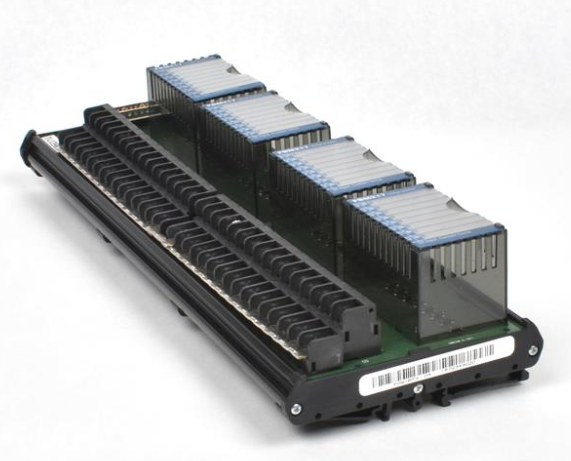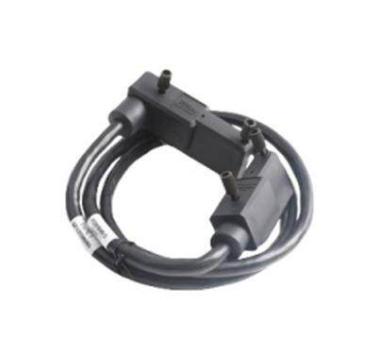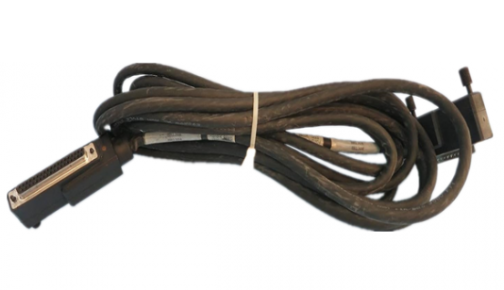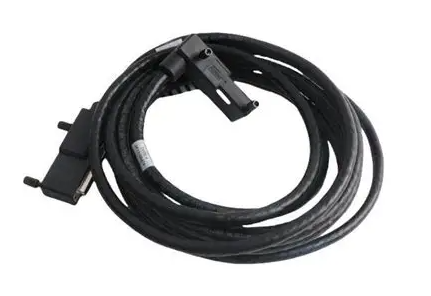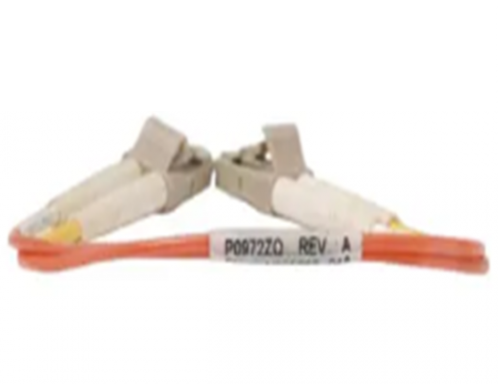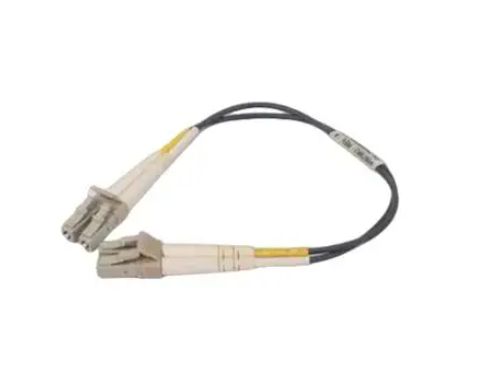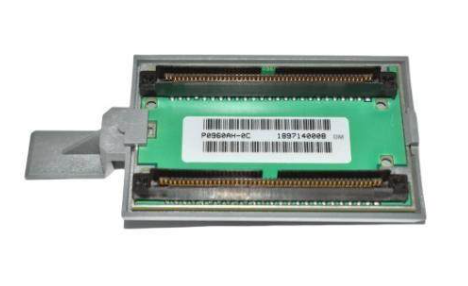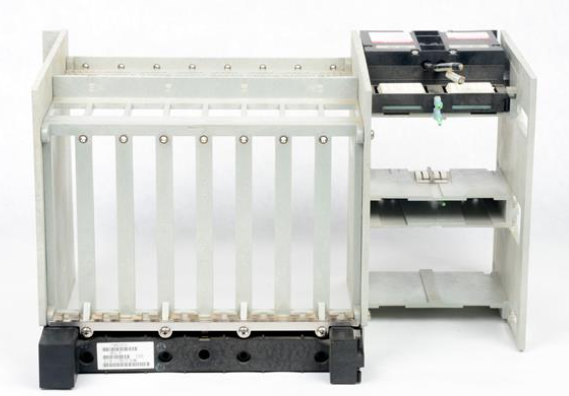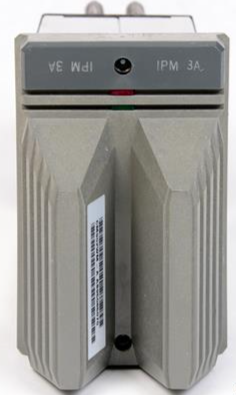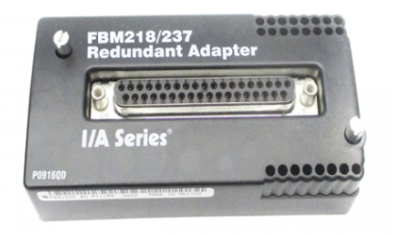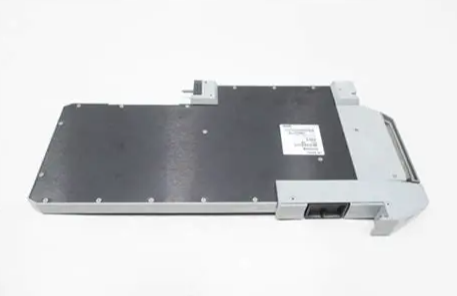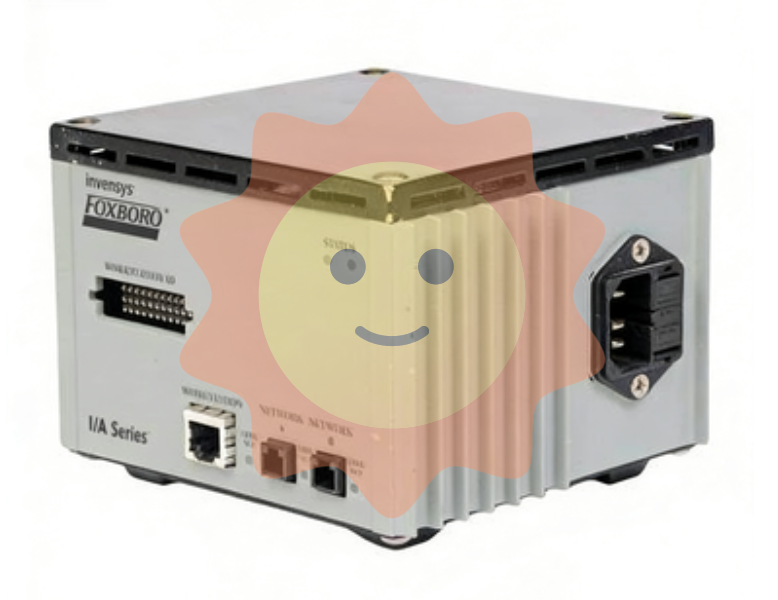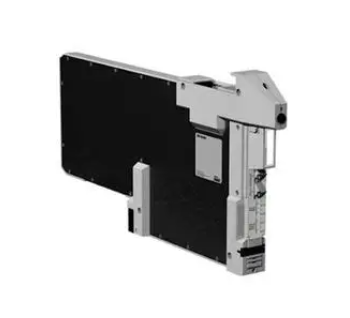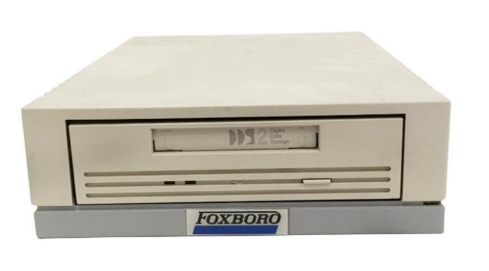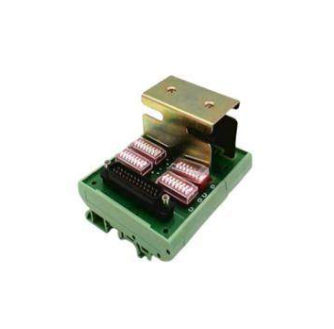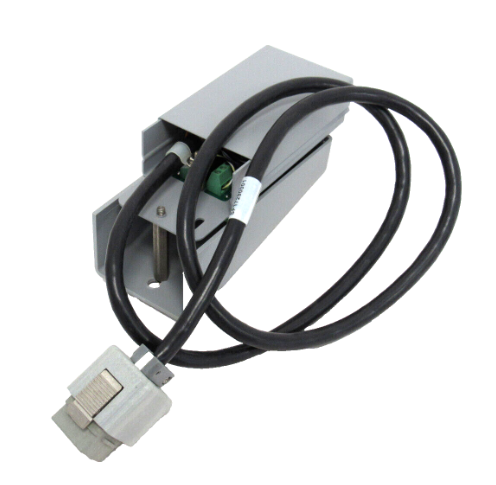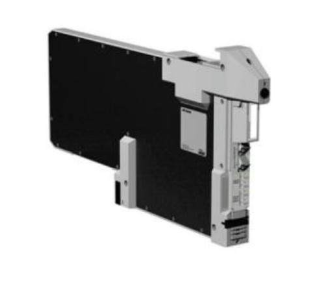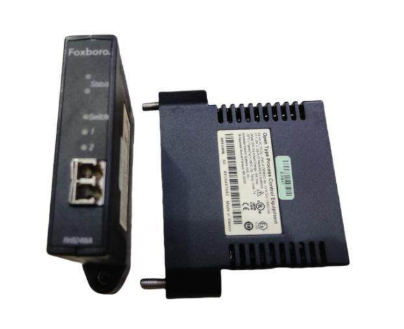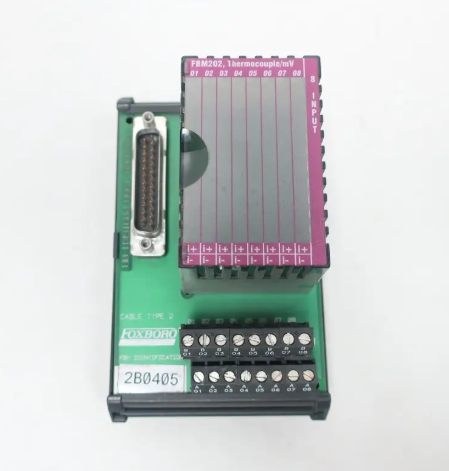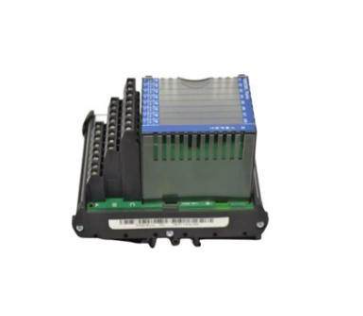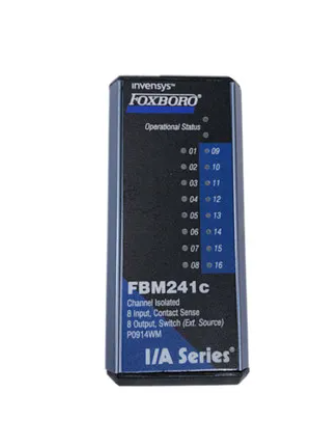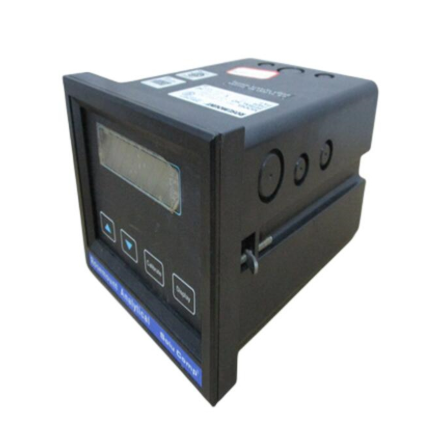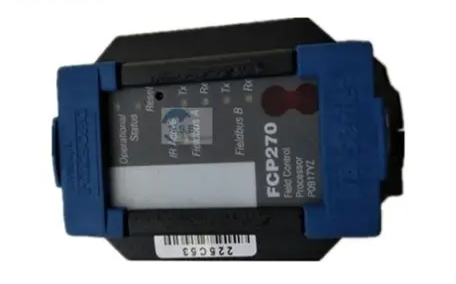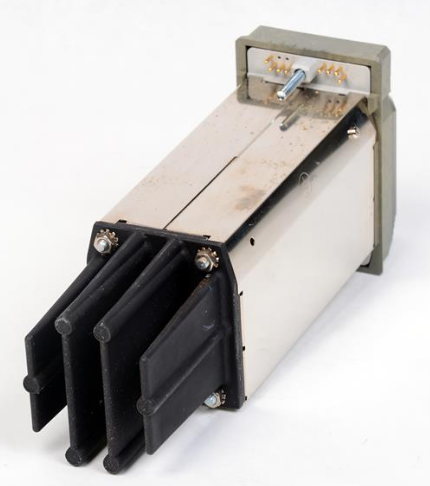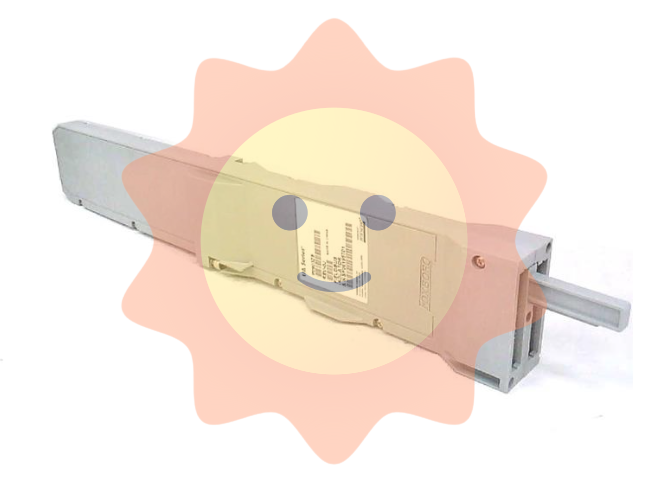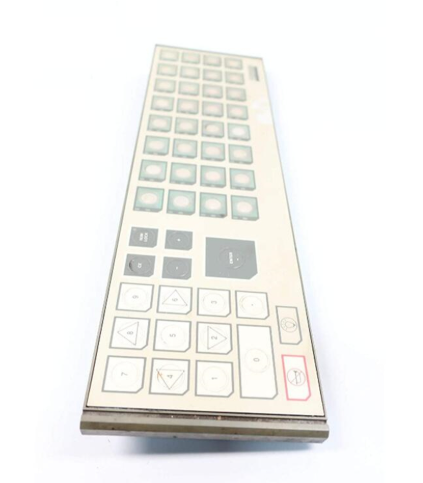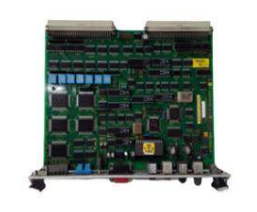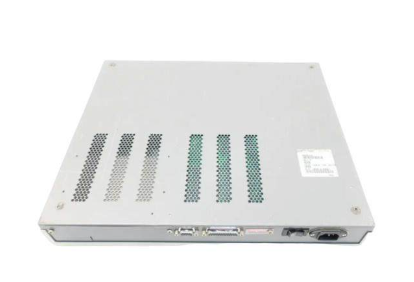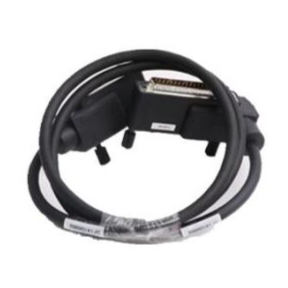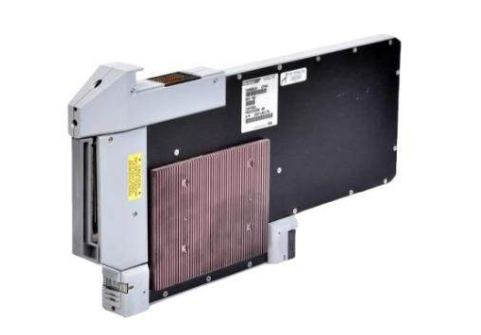From the assembly line to the black light lab, the automation revolution upstream of the life sciences
Driving force: Calculate the "economic account"
From the perspective of the environment, "before the money is very good to earn, now the money is not good to earn", enterprises in particular need to reduce expenses, a key measure is to carry out intelligent transformation, but the premise is to calculate the "economic account" : That is, after the downstream customers complete the automation transformation, the flux brought by the unit space and manpower expenditure is much higher than that of the traditional way, and there is still significant investment income after deducting the purchase income.
Approximate costing for traditional VS automated methods (36 kr drawing)
At present, laboratory automation is a "stock change + incremental rise" business. On the one hand, the form of automation is constantly upgrading and needs to be updated, and it is mainly used in drug research and development, clinical testing, genomics solutions and other fields - the market share of the above is only about 10%; On the other hand, some new scenarios are being mined and applied to form an incremental market involving life science research, molecular diagnostics, synthetic biology, cell culture, etc.
Therefore, at present, for the potential scale of laboratory automation, the market has no authority and unified calculation caliber. Based on interviews with investors and entrepreneurs, as well as backtracking on market demand, 36kr summarizes three main measurement methods, all pointing to the 100 billion market:
First of all, there are nearly 13,000 laboratories in China (including universities and research institutes, hospitals and third-party medical testing centers, new drug R&D enterprises, CRO companies, etc.), with a total cost of RMB 10 million per unit, or RMB 120 billion. In addition, the domestic laboratory analytical instruments market size of 70 billion, if the full range of automation transformation and upgrading, will also bring 10 billion market.
Secondly, the potential market space of China's life science research market is nearly 650 billion yuan. Referring to other mature industries, automation technology is expected to bring 20% incremental output value to the market through quality efficiency improvement, that is, 130 billion yuan; If coupled with the full replacement of the nearly 50 billion yuan market size of traditional human research services, this will be an unmet market with nearly 200 billion yuan of potential demand driven by downstream industrial applications.
Finally, because of the particularity of the laboratory automation industry, it will involve scientific instruments, reagent consumables, automation equipment, information software and other different formats in the process of commercial landing, and are in a stage of rapid growth, in total, the global market size of nearly 200 billion US dollars.
However, because the market is still in the early stage of development and lacks typical benchmarking cases, large-scale application is still out of the question. Therefore, some investors jokingly: "There is no point in talking about scale now, and it is practical to run several customers and open the market."
Evolution logic: The desire for a "black light lab"
Although it has been the attention of the venture capital circle that is used to "chasing the new", laboratory automation is not a new thing, and because of its rich connotation and diversity of scenes, a unified concept has not yet been formed.
In general, laboratory automation refers to the use of a variety of automatic testing instruments and computers and other means to achieve experiment and data processing, so as to reduce the manual operation of experimental personnel and improve work efficiency. The automatic nucleic acid detection equipment and automatic distribution system spawned by the epidemic are typical. Technology is advancing, functions are improving, application scenarios are expanding, and laboratory automation has become a dynamic concept that is iterating at any time.
Maggar technology drawing
Laboratory automation originated in the field of clinical testing and was proposed by Japan in 1981. In the 1990s, commercialized laboratory automation systems entered the labor-scarce markets of Japan, Europe and the United States, and cultivated several well-known brands in the industry since then, such as Hitachi, Beckman, Decon, etc. These brand equipment followed into the Chinese market and slowly rolled out, and local brands also rose later.

Behind the development of the industry is also accompanied by the mature evolution of the form of laboratory automation, which has brought about the improvement of detection flux, the extension of the scene, the gradual opening of the experimental closed loop, the improvement of flexibility and ease of use, and the gradual reduction of unit cost.
At present, according to the degree and scale of automation, laboratory automation can be roughly divided into four levels: single-module form automation, workstation form automation, assembly line form automation, and robot form intelligent. They are not purely full alternative evolution relationships, but rather match different product formats based on customer profiles for cost needs, throughput needs, research and clinical needs. From the functional point of view, laboratory automation as a whole is evolving from the direction of assisting people to replacing people.
- EMERSON
- Honeywell
- CTI
- Rolls-Royce
- General Electric
- Woodward
- Yaskawa
- xYCOM
- Motorola
- Siemens
- Rockwell
- ABB
- B&R
- HIMA
- Construction site
- electricity
- Automobile market
- PLC
- DCS
- Motor drivers
- VSD
- Implications
- cement
- CO2
- CEM
- methane
- Artificial intelligence
- Titanic
- Solar energy
- Hydrogen fuel cell
- Hydrogen and fuel cells
- Hydrogen and oxygen fuel cells
- tyre
- Chemical fiber
- dynamo
- corpuscle
- Pulp and paper
- printing
- fossil
- FANUC
- Food and beverage
- Life science
- Sewage treatment
- Personal care
- electricity
- boats
- infrastructure
- Automobile industry
- metallurgy
- Nuclear power generation
- Geothermal power generation
- Water and wastewater
- Infrastructure construction
- Mine hazard
- steel
- papermaking
- Natural gas industry
- Infrastructure construction
- Power and energy
- Rubber and plastic
- Renewable energy
- pharmacy
- mining
- Plastic industry
- Schneider
- Kongsberg
- NI
- Wind energy
- International petroleum
- International new energy network
- gas
- WATLOW
- ProSoft
- SEW
- wind
- ADVANCED
- Reliance
- YOKOGAWA
- TRICONEX
- FOXBORO
- METSO
- MAN
- Advantest
- ADVANCED
- ALSTOM
- Control Wave
- AB
- AMAT
- STUDER
- KONGSBERG
- MOTOROLA
- DANAHER MOTION
- Bently
- Galil
- EATON
- MOLEX
- Triconex
- DEIF
- B&W
- ZYGO
- Aerotech
- DANFOSS
- KOLLMORGEN
- Beijer
- Endress+Hauser
- MOOG
- KB
- Moxa
- Rexroth
- YAMAHA
- Johnson
- Westinghouse
- WAGO
- TOSHIBA
- TEKTRONIX


Email:wang@kongjiangauto.com

